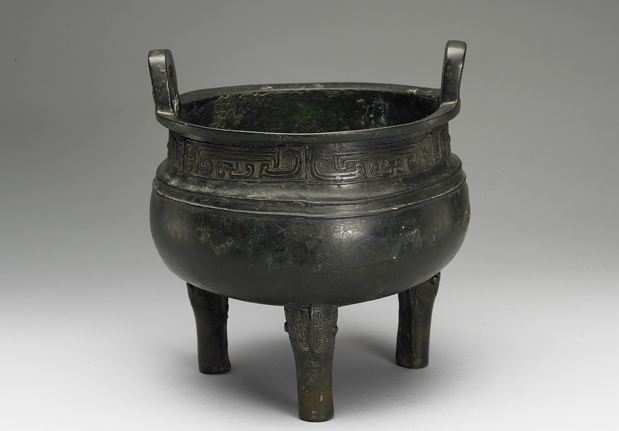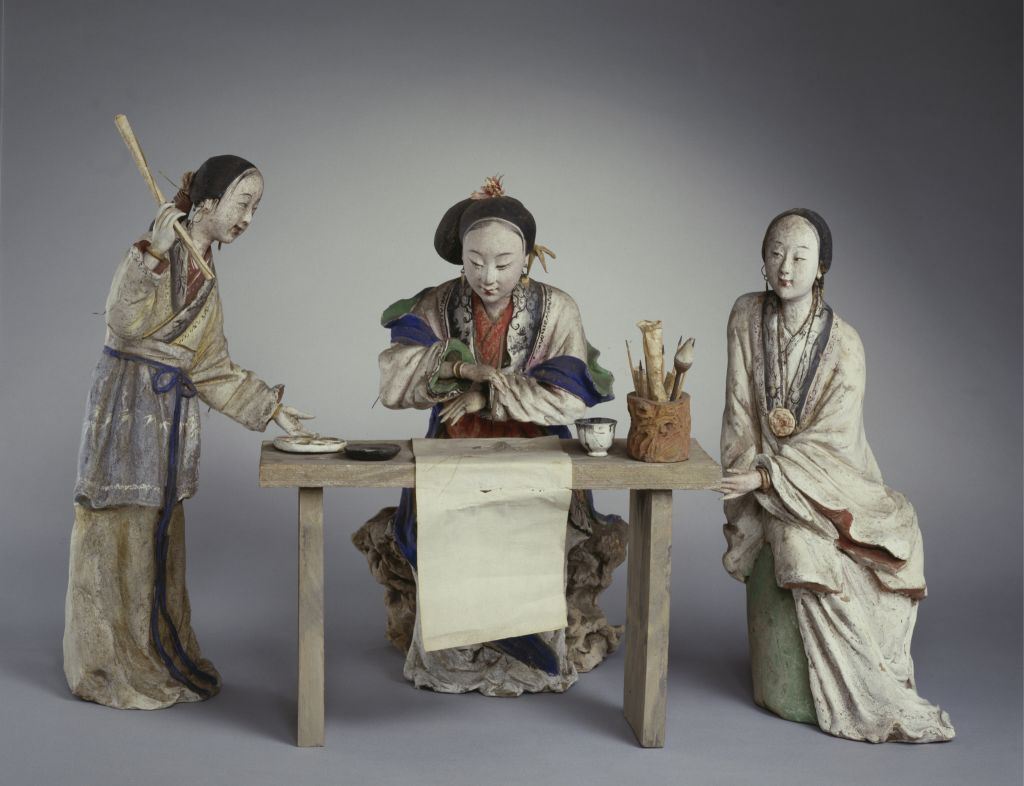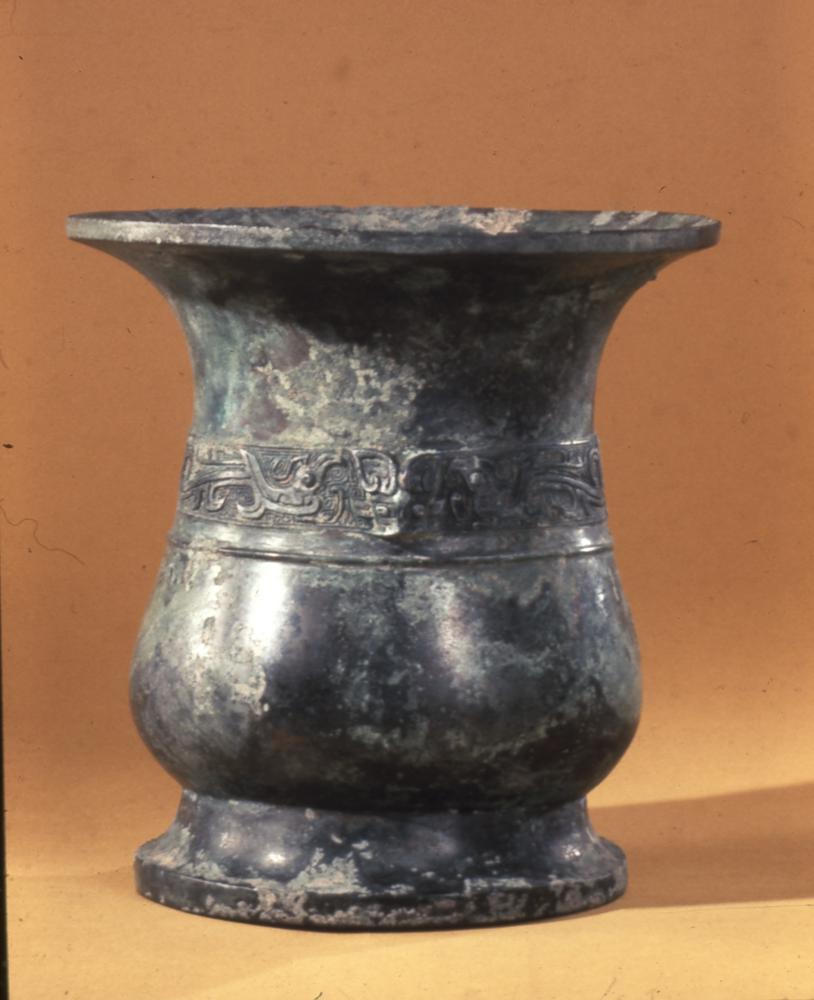[Yellow ground pastel lotus with a bright “Long Life Boundless” bowl]
Yellow ground pastel lotus with a bright “Long Life Boundless” bowl, Jiaqing of the Qing Dynasty, with a height of 8.1 centimeters, a caliber of 18.2 centimeters, and a foot diameter of 7.4 centimeters
Bowl skimming, deep arc belly, and circular feet. The inner white glaze, the outer wall, and the yellow ground are painted with pink, green, and white lotus patterns. The four circular openings are respectively inscribed with the four characters “Wan”, “Shou”, “Wu”, and “Jiang” in blue, and the red color seal script “Made in the Jiaqing Year of the Qing Dynasty” is arranged on the bottom of the circle
The lotus pattern with tangled branches was first seen in the Tang Dynasty and was the result of the influence of Buddhist art. Since the Tang Dynasty, the lotus pattern with tangled branches has been popular in official architecture and handicraft manufacturing. Since the Song Dynasty, a disguised lotus pattern (or treasure phase pattern) appeared and became popular. The pastel lotus pattern on this bowl belongs to the treasure phase flower category, and is one of the common official patterns on imperial porcelain in the Qing Dynasty. Compared with similar artifacts from the Qianlong period, this bowl has a delicate and formal decoration, a more rigid composition, and obvious characteristics of Jiaqing porcelain.
![图片[1]-Yellow ground pastel colored lotus flower bowl-China Archive](https://chinaarchive.net/Warring States period/ceramics/15630[1024].jpg)
![黄地粉彩勾莲开光“万寿无疆”碗底款 图片[2]-Yellow ground pastel colored lotus flower bowl-China Archive](https://chinaarchive.net/Warring States period/ceramics/15631[1024].jpg) 黄地粉彩勾莲开光“万寿无疆”碗底款
黄地粉彩勾莲开光“万寿无疆”碗底款





